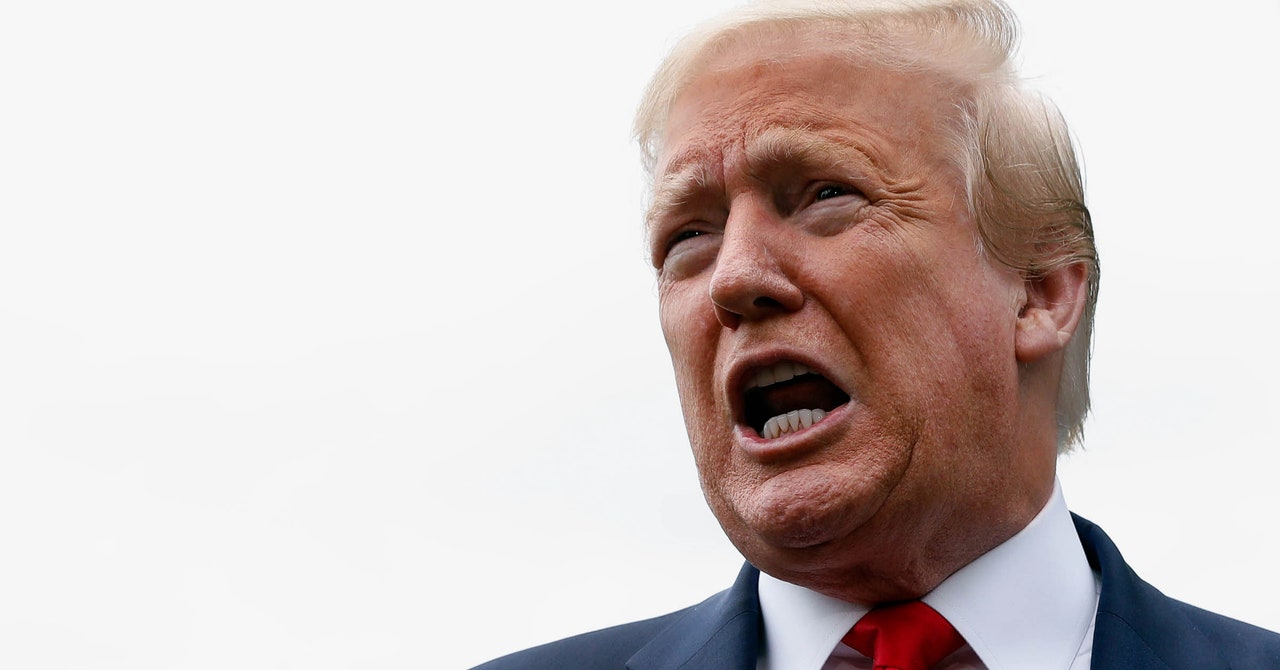On Tuesday, in this most normal year of 2020, President Donald Trump woke up, hopped on Twitter, and fired off a few tweets amplifying a conspiracy theory that a cable TV host he dislikes had murdered someone decades ago. Later that day, for the first time, Twitter made the momentous decision to flag Trump for tweeting false information. Amazingly, it was in response to a completely different set of tweets.
It was a bold move, long awaited by Trump’s critics, and Twitter’s. It was also a clumsy one. With less than six months until what could be the most contentious American election since the Civil War, social media platforms have clearly still not cracked the code of political fact-checking.
What prompted Twitter to finally break the seal was a two-tweet tirade about the supposed dangers of expanding vote-by-mail during the coronavirus pandemic:
Later that evening, Twitter added a note to the bottom of the tweet: a big exclamation mark and a message reading “Get the facts about mail-in ballots,” which linked to a Twitter Moment fact-check. “Trump makes unsubstantiated claim that mail-in ballots will lead to voter fraud,” read the bold heading. Beneath it came some bullet points on vote-by-mail, followed by a curated feed of tweets picking apart Trump’s various recent claims about it.
Why was this the moment when Twitter finally took action? The company says that neither of Trump’s incendiary Tuesday threads violated the platform’s rules. But the mail-in ballot tweet fell into a gray area of misleading content that the company believes is so important that it must be corrected, a Twitter spokesperson said. The platform rolled out its new fact-checking approach on May 11, and until this week had only applied it to misleading tweets about Covid-19. (For tweets that the company considers not just misleading but dangerously so, the response is deletion. Most notably, Twitter recently took down posts by the presidents of Brazil and Venezuela that promoted quack medicine.)
The Twitter spokesperson said that flagging Trump’s vote-by-mail tweet was the debut of a similar policy to protect “civic integrity” by correcting false information about voting or the census. Twitter didn’t say so, but it surely helped that this particular tweet contained one nugget of rock-solid, certifiably false information: the claim that California was sending ballots to “anyone living in the state, no matter who they are or how they got there.” In fact, ballots are going only to registered voters.
Give Twitter credit for making a gutsy decision with the public interest in mind. It’s not easy to go up against the most powerful person in the world, especially when that person is the biggest draw on your platform and spends an incredible share of his free time using it to nurse petty grievances. But the execution left much to be desired. After years of debate about whether and how to push back on misleading claims from elected officials, social media platforms are still struggling to form a coherent

